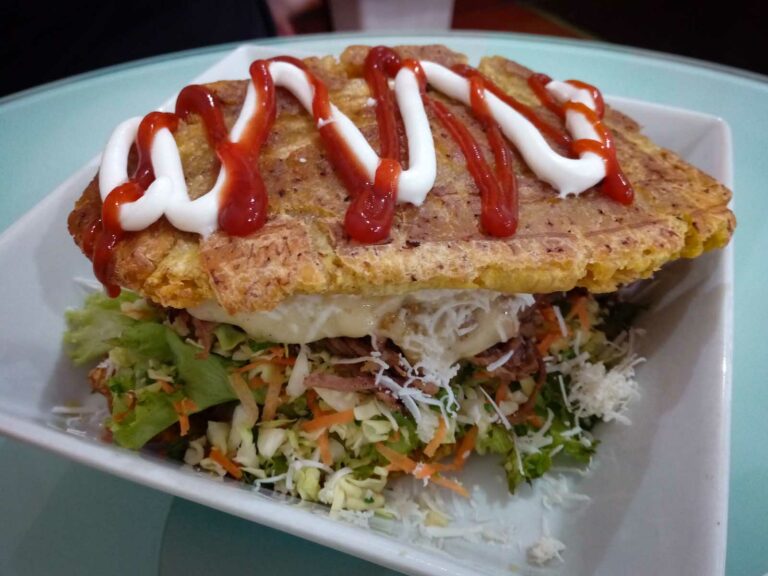Introduction: Exploring Venezuelan Cuisine
Venezuelan cuisine is a blend of indigenous, European, and African influences that have evolved over centuries. The country’s diverse topography and climate have contributed to a wide variety of ingredients that are used in traditional dishes. Venezuelan food is known for its wide range of flavors, colors, and textures, making it a unique and exciting culinary experience for food lovers.
The Use of Spices in Venezuelan Cooking
When it comes to spices, Venezuelan cuisine is not as heavily spiced as other Latin American cuisines. However, that does not mean that the cuisine lacks flavor. Instead, Venezuelan cuisine relies on using fresh herbs, vegetables, and other ingredients to create unique flavors in dishes.
Venezuelan cooking focuses on the use of natural and fresh ingredients, with spices often being secondary to the flavors of the main ingredients. Therefore, it is common to find dishes that are not spicy but still flavorful. However, some dishes do use spices to add depth and complexity to the flavors.
Common Spices in Venezuelan Dishes
The spices commonly used in Venezuelan cuisine include cumin, paprika, coriander, oregano, and bay leaves. These spices are used in moderation, and their use varies depending on the dish and the region. Some dishes also use achiote, a spice that adds a distinct red color and a slightly sweet and peppery flavor to dishes.
Another common spice in Venezuelan cuisine is garlic, which is used in almost every dish. The use of garlic is essential in Venezuelan cooking, as it adds a pungent flavor to dishes and enhances the taste of other ingredients.
Heat Levels in Venezuelan Cuisine
Venezuelan cuisine is generally not known for being spicy. Heat levels in Venezuelan dishes vary from mild to medium, with some dishes being spicy but never overwhelmingly so. The use of hot peppers is not as common in Venezuelan cuisine as it is in other Latin American cuisines.
However, some dishes that are known to be spicier include pabellón criollo, a national dish that consists of shredded beef, black beans, rice, and fried plantains, and ají dulce, a pepper that is used to add a sweet and slightly spicy flavor to dishes.
Regional Variations in Spice Usage
Spice usage in Venezuelan cuisine varies depending on the region. Coastal regions tend to use more seafood and tropical fruits, while inland regions use more root vegetables and meats. This also influences the type of spices used in dishes.
For example, in the coastal region, dishes such as ceviche may use lime and cilantro for flavor. In the Andean region, dishes such as hallacas may use cumin, coriander, and paprika for flavor.
Conclusion: Understanding the Spice in Venezuelan Food
In conclusion, Venezuelan cuisine is not known for being spicy but still has a wide range of flavors. The use of spices varies depending on the dish and the region. Venezuelan cuisine focuses on the use of fresh ingredients to create unique flavors in dishes, with spices being used to add depth and complexity to the flavors. Whether you prefer spicy or mild flavors, Venezuelan cuisine offers a range of delicious dishes for everyone to enjoy.

